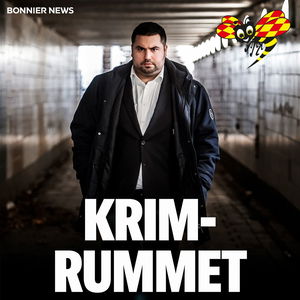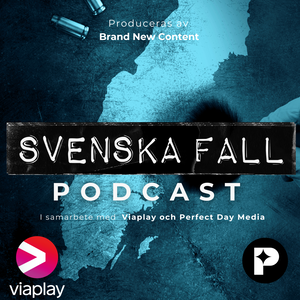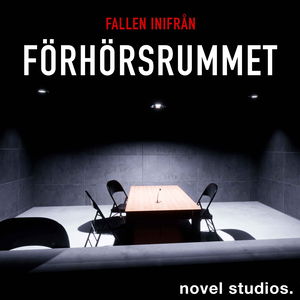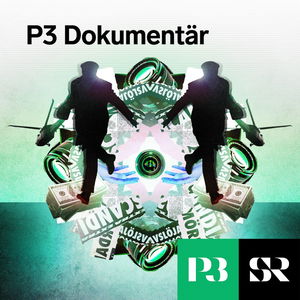This is part 1 of our 2-part conversation focused on communications, mission command, digital force protection, and SOF tactical cyber and space operation. During rotations at the National Training Center (NTC) and Joint Readiness Training Center (JRTC) the Special Operations training units must efficiently and effectively communication within their own formations, across to conventional, host nation, and Joint forces, and out to other governmental agencies. Communication is a challenge in and of itself but when operating across a vast geographic area with forces in a simulated contested or denied environment actively been hunted by the opposing force communicating clearly and timely likely means the difference between victory and defeat. Additional consider the implications to mission command and digital force protection.
About the Guest:
SGT: Kai Ramirez: SOTD AOB-W signal NCO. He is a 25S SATCOM systems operator and maintainer with over 6 years in the Army and signals experience ranging from tactical to strategic communications. He has been stationed in CENTCOM.
About the Host:
CPT Weston Rich is a member of SOF Plans at the NTC and former member of Burro Team, the Special Operations Training Detachment OC/T Team at NTC. Prior to his time at NTC, Weston served as a Detachment Commander with 1st SFG (A) and as an Infantry Officer with 3-509th IN (ABN)/4/25 ID (now part of 2/11 ABN DIV). Following his time at NTC, Weston will attend Carnegie Mellon University with a follow-on assignment to Army Futures Command.
This episode covers:
- SOF and Conventional communication systems integration, Leadership Training Program is too late for training units to integrate their communications architecture, recommend working that integration even earlier like at the initial planning conference
- SOF units should work with conventional units at homesteading to integrate communication systems
- SOF units do have successes during rotations in terms of communications with conventional forces
- SOF training units have been successful by getting tactical radio keys/fills and being able to operate on the conventional units on tactical comms, additionally using the same equipment that the conventional unit uses such as a JBCP (joint battle command platform)
- training, experience, and willingness to try new things with the equipment enables success in terms of communication systems, practice practice, practice
- understanding command guidance and when to accept risk to communicate or not communicate
- High Frequency: might be the answer to most of the digital force protection dilemmas presented at NTC; but comes with its own challenges and limitations; fishing pole antenna gives you up to 500 miles; voice and data
- digital force protection must be balanced with risk to force and risk to mission
- SOF companies and below have limited understanding of tactical space and cyber but are working through what that looks like in the dirt at the Combat Training Centers; does it require specialized personnel or just specialized equipment?
- SOF operations including space and cyber don’t have to be enacted by SOF personal, SOF units work by, with, and through partners to achieve mission success
Please like, subscribe, and share these episodes with ARSOF any conventional Soldiers and Leaders to spread the knowledge of ARSOF in LSCO.
To provide feedback please email the host, CPT Rich, at weston.rich@socom.mil.
Produced, edited, and sound engineering by Micah Popp of Salty Sounds




















